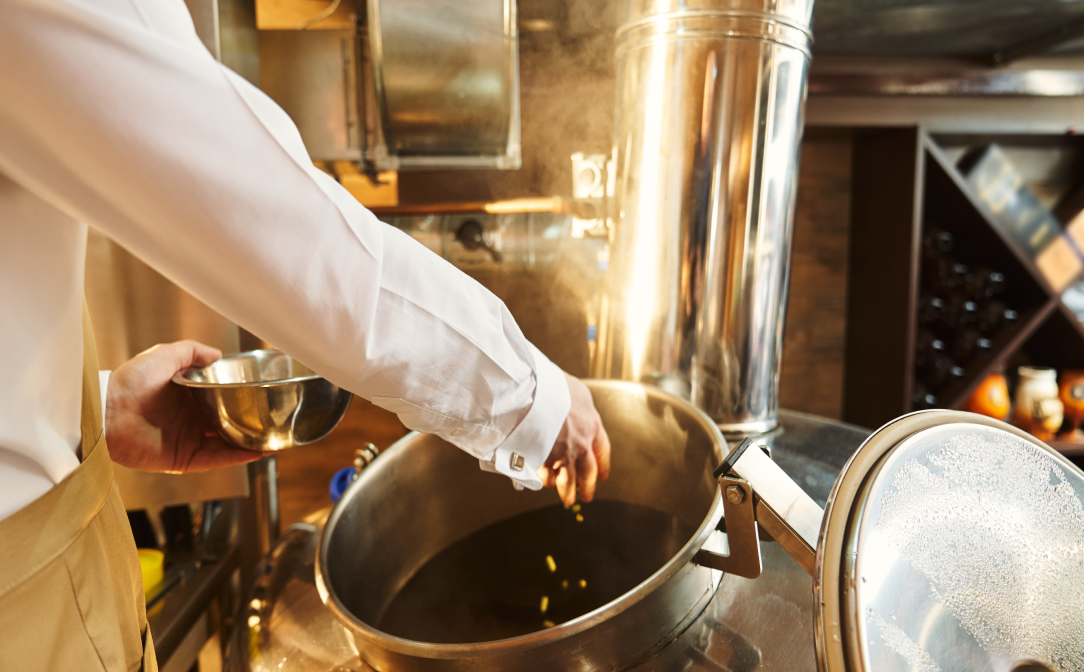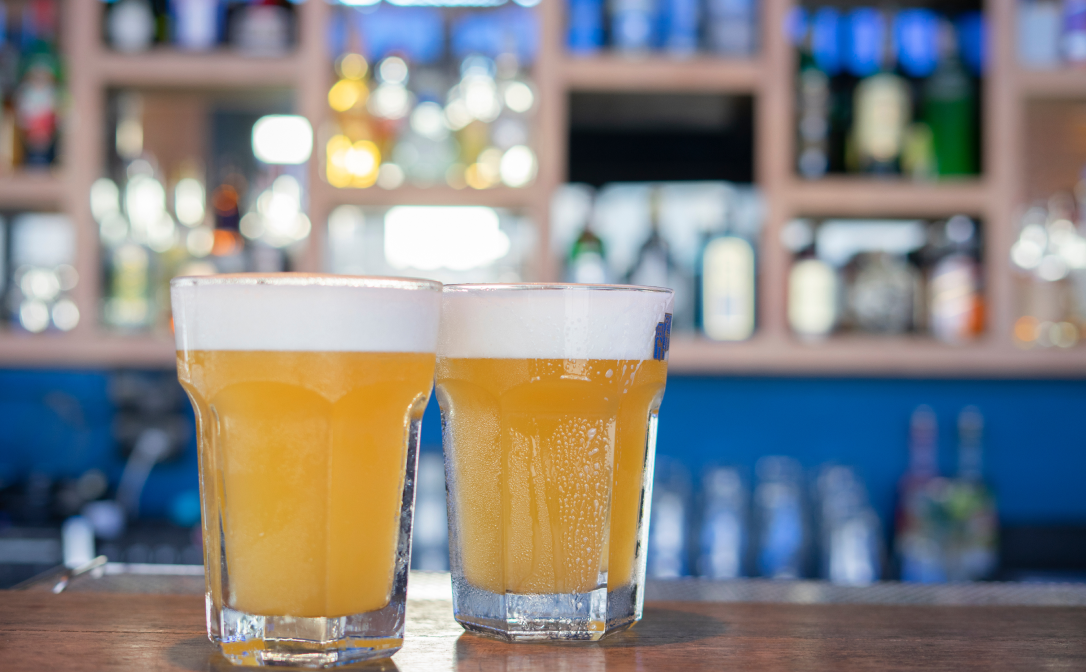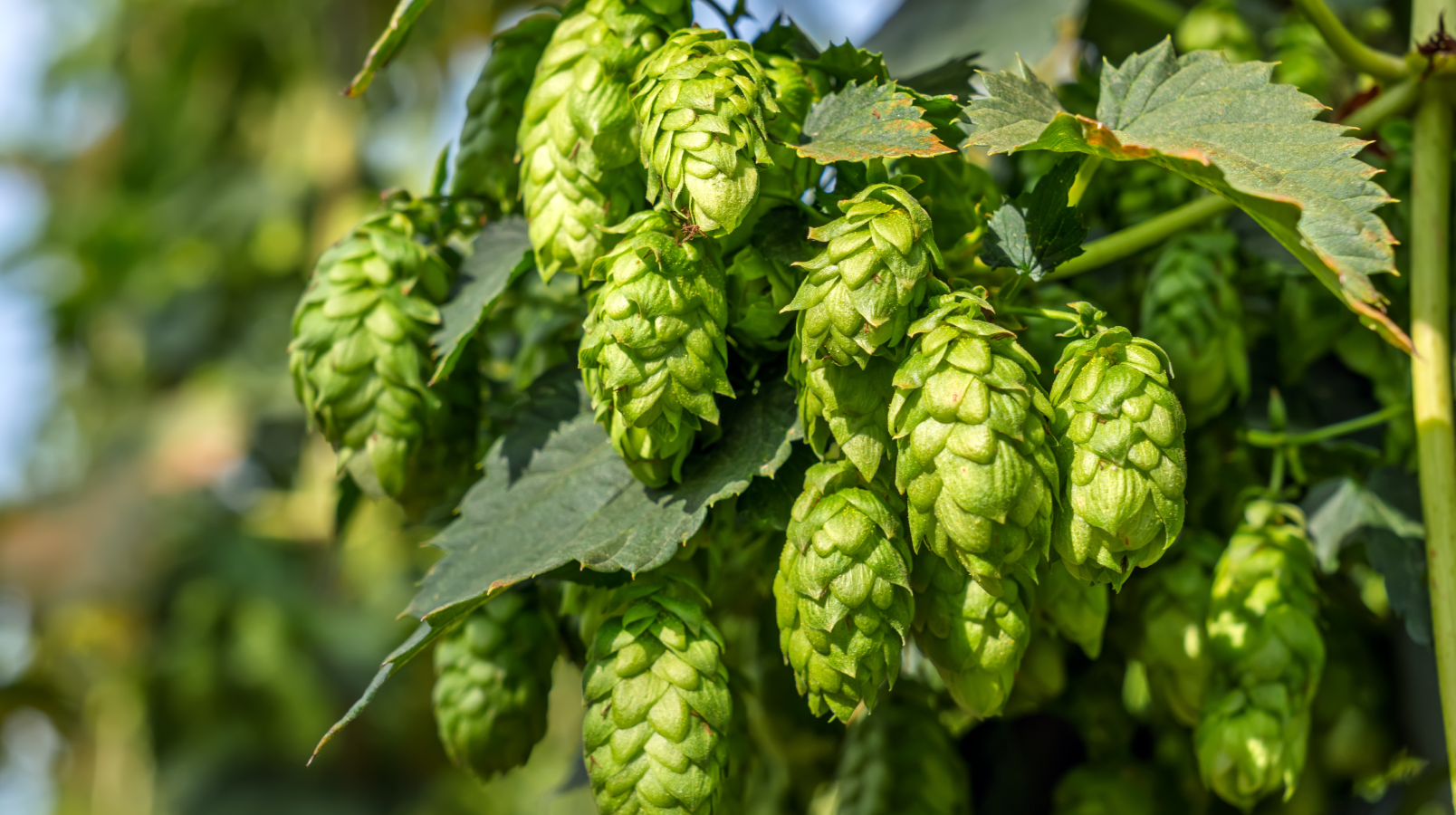When it comes to crafting beer, hops have a large influence on the aromas produced. These small green cones are the botanical backbone of countless beer styles, contributing everything from sharp bitterness to tropical aromas. While hops have been used in brewing for centuries, the last few decades have seen an explosion in hop diversity, especially from the United States. American hops, with their bold citrus, pine, and fruit-forward character, have reshaped the global beer landscape and inspired a wave of hop-driven styles that continue to evolve.
Understanding hop influence
Hops affect beer in two primary ways: bitterness and aroma. Bitterness comes from alpha acids extracted during the boil, while aroma and flavour are derived from essential oils.
Brewers can manipulate these effects by choosing when and how hops are added:
- Early addition contributes to bitterness
- Late addition and dry hopping enhance the aromas
Thanks to advances in hop breeding and processing, brewers today have access to a vast array of hop varieties and products. These range from traditional British hops with earthy and herbal notes, to Czech and German varieties known for their floral and spicy subtleties. But it’s the American hops, alongside those from Australia and New Zealand that are the cornerstones of many contemporary beer styles with their pronounced citrus, tropical fruit, stone fruit, pine, and resin characteristics.

Hop pellets being added to the boil
The rise of hop-driven styles
Hop-driven styles are those where hops take centre stage, either through assertive bitterness, expressive aroma, or both. These styles span lagers and ales, and while they vary in colour, strength, and malt profile, they share one common thread: hops are the star of the show.
Let’s explore the beer styles that showcase American hops at their finest.
American Pale Ale (APA)
The American Pale Ale is a foundational style in the craft beer movement. Gold to amber in colour and typically clear or slightly hazy, APAs showcase the aromatic power of American hops. Expect a bouquet of citrus, tropical fruit, stone fruit, pine, and resin, supported by subtle malt notes like bread crumb or graham cracker.
Bitterness is medium to high, and alcohol levels are moderate. While yeast character is usually restrained, the hops do all the talking.
American Amber Ale
Similar to the APA but with a richer malt backbone, American Amber Ale features caramel and toasted malt flavours alongside the familiar hop aromas of citrus and pine. The amber hue and slightly sweeter profile make it a more balanced option for those who enjoy hop character without overwhelming bitterness.
American IPA (India Pale Ale)
The American IPA is arguably the flagship style featuring American hops. Originating in the 1970s as a reinterpretation of English IPAs, this style exploded in popularity thanks to its intense hop aroma and bitterness. Gold to amber in colour and often clear, American IPAs deliver a sensory punch of citrus, tropical fruit, stone fruit, pine, and resin.
Malt character is subtle, with hints of bread crumb or caramel, and yeast aromas are minimal. Alcohol levels range from medium to high, and bitterness is unapologetically bold. The term “West Coast IPA” is often used to distinguish this clear, bitter style from its hazy counterpart.
Double IPA (Imperial IPA)
Double IPAs take everything about American IPAs and dial it up. Higher alcohol (often 8% or more), intense bitterness, and amplified hop aroma define this style. The warming alcohol presence and layered hop flavours, from mango and pineapple to dank resin, make Double IPAs a favourite among beer lovers. They’re sometimes labelled as “Imperial IPA,” but the essence remains the same: more hops, more alcohol, more boldness.
Hazy IPA (New England IPA)
Hazy IPAs represent a softer, juicier evolution of the IPA. Straw to gold in colour with a cloudy appearance, these beers are brewed with American, Australian, or New Zealand hops that evoke ripe fruit juice: think mango, peach, and orange. Unlike most IPAs which are defined by their high bitterness, this style has low to medium bitterness and up to medium sweetness, further enhancing its juicy impression.
Bitterness is low to medium, and sweetness is restrained, allowing the hop aroma to shine.
Often brewed with wheat or oats for a smooth mouthfeel, Hazy IPAs use dry hopping to intensify aroma and contribute to the haze. Yeast strains that produce fruity esters are common, adding to the complementary aromas from the hops. Labels may read “New England IPA,” “juicy IPA,” or simply “hazy IPA.” Lower-alcohol versions are emerging under names like “hazy pale ale” or “New England pale ale.”

A hazy IPA
Other IPA Variations
The popularity of IPA has spawned a multitude of substyles, all of which still rely heavily on American hops. These include:
Black IPA (Cascadian Dark Ale): Roasty malt meets piney hops
Red IPA: Rich caramel malt, plus citrus and resin
Rye IPA: Spicy rye malt with bold hop aroma
Brut IPA: Bone-dry with champagne-like effervescence
Fruited IPA: Infused with real fruit to complement hop character
Milkshake IPA: Brewed with lactose for sweetness and creamy texture
No matter the variation, hop aroma remains a defining feature.
For more detail on the differences between IPAs and APAs, click for our recent blog post by David Jesudason.
Contemporary hopped lager
While traditional pilsners from Germany and the Czech Republic rely on subtle noble hops, contemporary hopped lagers bring a modern twist. These beers are typically straw to gold in colour and clear, with base malt aromas like bread dough or light honey. What sets them apart is the use of American, Australian, or New Zealand hops, which contribute vibrant notes of citrus, stone fruit, tropical fruit, pine, and resin.
Often labelled as India Pale Lager (IPL), imperial pilsner, or simply “dry-hopped lager,” these beers offer medium to high bitterness and alcohol levels. They’re a perfect example of how American hops can transform even the most classic lagers styles into something new.
Which beer style will you try next?
American hops have revolutionized brewing, giving rise to a diverse array of styles that celebrate bold flavours and aromas. From the crisp bitterness of an IPL to the juicy haze of a New England IPA, these styles reflect the creativity and innovation of brewers who embrace the expressive power of hops.
In our Level 2 Award in Beer, you can learn more about various hop-driven styles from around the world.


